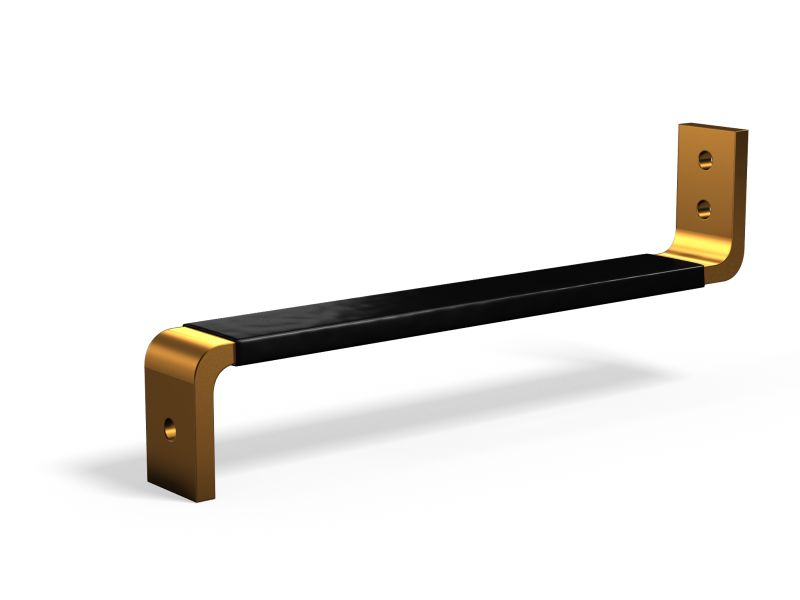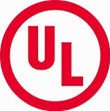DK15-0463 Black Insulating Epoxy Coating Powder
- DK15-0463 Coating Powder
- Black, insulating, epoxy based
- Humidity-resistant for outdoor low voltage busbars
Product Description
DK15-0463 is an epoxy-based coating powder developed for the insulation of low-voltage busbars. It offers improved moisture resistance and dielectric strength along with a smooth surface appearance. The particle size distribution is optimized for use in large fluid bed coating operations. DK15-0463 has a UL Relative Thermal Index (RTI) rating of 130°C, making it ideal for applications requiring high thermal stability. Used for over 20 years by major power distribution companies for low-voltage outdoor bus bar applications, DK15-0463 provides a reliable coating with high edge coverage. The fusion bonded coating is smooth, tough, and moisture-resistant for applications up to 600V. DK15-0463 is UL recognized Particle size is optimized for the fluidized bed coating process.
Advantages of DK15-0463 for Busbar Coating
- Excellent bed life—so important for large busbar coating operations
- Excellent moisture resistance, even in high temperatures and corrosive conditions
- Suitable for both copper and aluminum busbar coating
- Smooth surface allows closer bar spacing in busway
- An extremely reliable coating powder, used for decades in the power distribution industry
Typical applications and uses of DK15-0463 Black include:
- Low Voltage (600V) Copper, Aluminum and Brass Busbars
- Outdoor busbar applications
- Switchgear Equipment for Power Distribution
This product is no longer available. Some alternatives for busbar coating powders are:
Technical Specifications
| General Properties | |||||||
| Chemistry Type | Powder | ||||||
| Color Color The color | Black | ||||||
| Density (g) | 0.69 g/cm3 | ||||||
| Specific Gravity Specific Gravity Specific gravity (SG) is the ratio of the density of a substance to the density of a reference substance; equivalently, it is the ratio of the mass of a substance to the mass of a reference substance for the same given volume. For liquids, the reference substance is almost always water (1), while for gases, it is air (1.18) at room temperature. Specific gravity is unitless. | 1.52 | ||||||
| |||||||
| |||||||
| Electrical Properties | |||||||
| Dielectric Strength Dielectric Strength Dielectric strength is measured in kV per mm and is calculated by the Breakdown voltage divided by the thickness of the tested material. Those two properties go hand in hand and while Breakdown voltage is always thickness dependent, dielectric strength is a general material property. As an example, the dielectric strength of Polyimide is 236 kV/mm. If we place 1mm of Polyimide between two electrodes, it will act as an insulator until the voltage between the electrodes reaches 236 kV. At this point it will start acting as a good conductor, causing sparks, potential punctures and current flow. | 44 kV/mm | ||||||
| Volume Resistivity Volume Resistivity Volume resistivity, also called volume resistance, bulk resistance or bulk resistivity is a thickness dependent measurement of the resistivity of a material perpendicular to the plane of the surface. | 8.6x10^16 Ohms⋅cm | ||||||
| Mechanical Properties | |||||||
| Edge Coverage | 45 % | ||||||
| Thermal Properties | |||||||
| |||||||
| Glass Plate Flow Glass Plate Flow Glass plate flow determines the flow distance of thermosetting epoxies, resins or coating powders on a smooth inclined glass surface in a certain time and temperature. This value is the distance in millimetres from the upper point of the original position of the pellet to the point of extreme flow. Typically measured at 150°C but please check the TDS for more info | 27 mm | ||||||
| UL 94 Rating UL 94 Rating Flammability rating classification. It determines how fast a material burns or extinguishes once it is ignited. HB: slow burning on a horizontal specimen; burning rate less than 76 mm/min for thickness less than 3 mm or burning stops before 100 mm V-2: burning stops within 30 seconds on a vertical specimen; drips of flaming particles are allowed. V-1: burning stops within 30 seconds on a vertical specimen; drips of particles allowed as long as they are not inflamed. V-0: burning stops within 10 seconds on a vertical specimen; drips of particles allowed as long as they are not inflamed. 5VB: burning stops within 60 seconds on a vertical specimen; no drips allowed; plaque specimens may develop a hole. 5VA: burning stops within 60 seconds on a vertical specimen; no drips allowed; plaque specimens may not develop a hole | V-0 | ||||||
| Other Properties | |||||||
| RoHS Compliant RoHS Compliant RoHS is a product level compliance based on a European Union Directive which restricts the Use of certain Hazardous Substances in Electrical and Electronic Equipment (RoHS). Products compliant with this directive do not exceed the allowable amounts of the following restricted materials: lead, mercury, cadmium, hexavalent chromium, polybrominated biphenyls (PBB) and polybrominated diphenyl ethers (PBDE), with some limited exemptions | yes | ||||||
| Special Properties | Halogen - Free | ||||||
| Curing Conditions | |||||||
| |||||||









